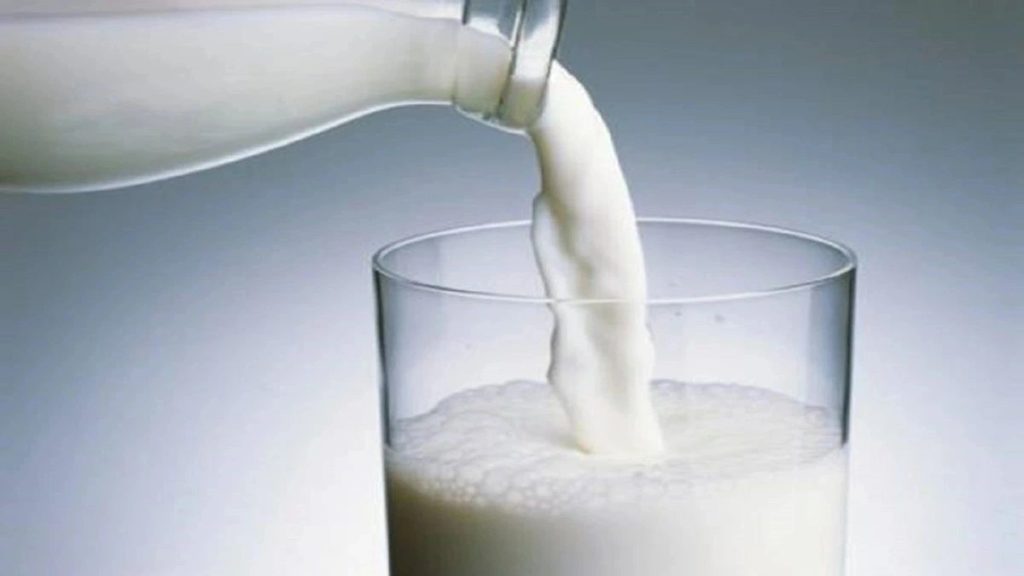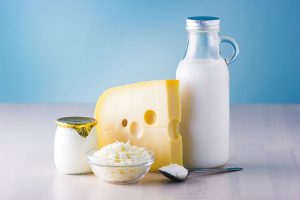
An essential marketing strategy for the “power” of the product is the protein selection. Regulators have neglected the issue of protein availability and quality, therefore suppliers are unfortunately constrained in their capacity to communicate this. Some contend that it is time to bring it back up for discussion.
Paul Moughan, Distinguished Professor from Massey University and fellow laureate from the Riddet Institute, Fitzherbert Palmerston North, New Zealand, said: “As headlines about the need to supply protein to an ever-growing world population proliferate, the common argument has emerged that people around the world are already consuming more than they need.” “While this might be the case for total protein intake, it is regrettably not the case for accessible protein intake.
For instance, a youngster in India might have a diet predominantly composed of grains and root vegetables. Despite receiving a lot of protein, the youngster could still be significantly lacking in both protein and important readily available amino acids. Children who have this impairment may experience limited growth in childhood and may never realise their full potential.
Currently, all proteins are evaluated for quality using the Protein Digestibility Corrected Amino Acid Score (PDCAAS). The score is a correction for the protein’s quality. Based on the kinds and quantities of amino acids present in the food as well as how easily it can be digested as a whole. The range of PDCAAS values is 0.0 to 1.0, with values being truncated at a score of 1.00 or above.
According to Dr. Moughan and other experts on protein, the Digestible Indispensable Amino Acid Score (DIAAS) is a superior metric. Differentiating protein sources according to their capacity to provide amino acids for usage by the human body is made possible by the DIASS analysis. Additionally, it shows that dairy proteins are more bioavailable than protein sources derived from plants.
According to Kimberlee Burrington, vice president of technological development at the American Dairy Institute, Elmhurst, Illinois, “I think DIAAS is a method that provides a measure of protein quality that reflects the genuine digestibility of a protein.” Despite the excellent PDCAAS values for dairy protein, we haven’t done the best job of marketing its reputation as a high-quality protein.
Consumer study reveals that the majority of customers are either ignorant of or unable to recognise that proteins vary in protein quality. The Nutrition Facts panel is used to communicate the grammes of protein per serving, but the% Daily Value is the sole option to illustrate a difference in protein quality.
Protein% Daily Value is calculated using PDCAAS. 10 grammes of milk protein in a yoghurt could qualify as a “good source of protein,” according to the label. When making a “excellent source of protein” claim for a vegan food that contains 10 grammes of protein in peas and walnuts, you should not mark 10 grammes of protein per serving because it is deceptive. The Food and Drug Administration requires the inclusion of the% Daily Value when making any claim about the protein content, whether explicit or implicit.
According to Ms. Burrington, “the majority of goods that make no claims regarding the amount of protein in the product will not display anything in the% Daily Value column.”
Products containing whey proteins could communicate their worth more effectively if DIAAS were introduced. DIAAS has been suggested for use in a report by the Food and Agriculture Organization of the United Nations (FAO) Expert Consultation for ten years, however implementation has not yet taken place.
Whole milk powder has a DIAAS value of 1.22, which is much higher than the DIAAS scores of 0.64 for peas and 0.40 for wheat according to data from the FAO study. The milk protein had 10–30% higher DIAAS scores than the more refined soy isolate.
Due to the inclusion of branched-chain amino acids, which aid in promoting the synthesis of muscle protein, dairy proteins have a high DIAAS score. In comparison to egg, meat, soy, and wheat proteins, each dairy protein contains more branched-chain amino acids. Because it contains leucine, a branched-chain amino acid necessary for muscle synthesis, whey protein is thought to be of a higher quality in particular.
Peggy Ponce, director of product innovation at Agropur, which has US operations in Minneapolis, declared that the company “fully supports the adaption of DIAAS to evaluate protein quality.” The marketing of foods and drinks places a strong emphasis on ‘grammes of protein,’ but does not make any comparisons of the protein’s quality. Product makers will be able to determine the nutritional value of protein in formulations once DIAAS is generally adopted, improving the selection of protein-fortified foods and beverages that can be consumed. To ensure that consumers are aware of the high nutritional quality of milk and whey proteins, consumer education is essential.
What is holding up the rollout of DIAAS? Even if DIAAS is not universally supported by the plant-based community, one of the main obstacles is the creation and use of a protein database.
A study on the availability of protein in human diets was conducted under the direction of the Riddet Institute. Through the Global Dairy Platform, a group of for-profit food companies provide funding for the initiative.
The initial phase is finished. The Riddet Institute, the University of Illinois Urbana-Champaign, Wageningen University in the Netherlands, and AgroParisTech in France worked together on this stage. To assess the digestibility of amino acids in foods for humans, researchers devised, standardised, and validated population-based methodologies that are now in wide use. According to Dr. Moughan, the techniques were used in numerous laboratories across the globe and produced consistent findings.
They are currently employing DIAAS to investigate the digestibility of various protein sources in a form ingested by humans in collaboration with Wageningen University and the University of Illinois. We’ll create a global database of 100 distinct protein sources that is freely accessible. Protein will come from a variety of sources, including protein sources that are frequently taken in underdeveloped nations.

















